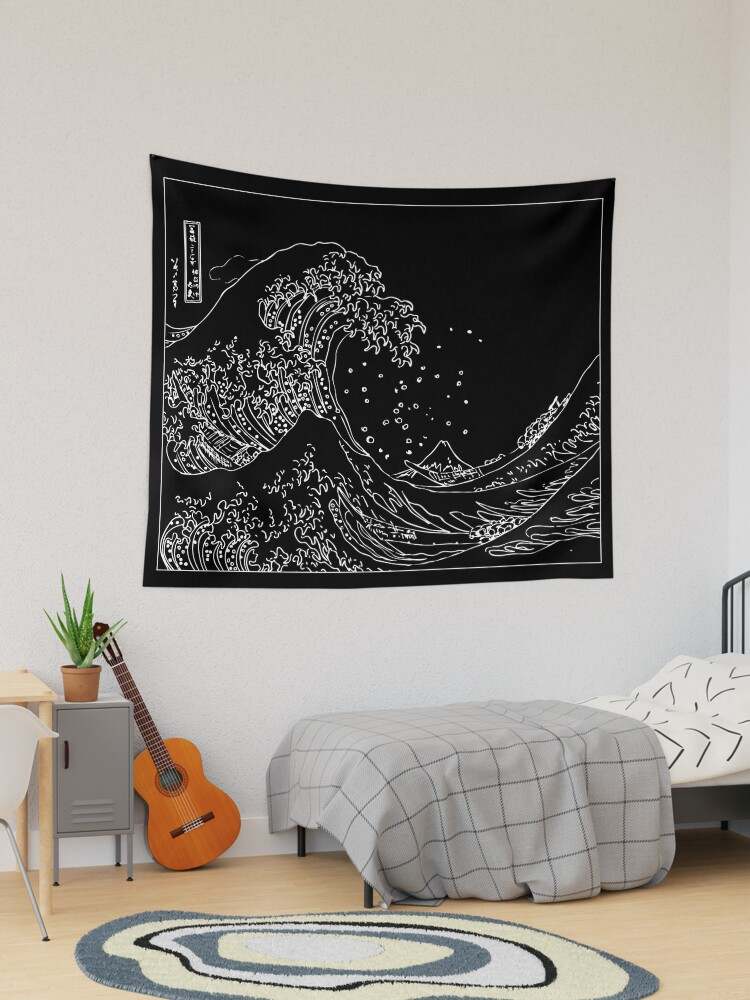Monochrome Magic: Exploring the Beauty of Black and White Tapestry

In a world filled with color and vibrancy, there is a timeless elegance in the simplicity of black and white tapestry. The monochrome magic of these pieces transcends trends and brings a sophisticated allure to any space. By stripping away color, black and white tapestries invite us to focus on form, texture, and contrast, creating a visual experience that is both striking and thought-provoking. Through the interplay of light and shadow, these artworks evoke a sense of depth and dimension that captivates the eye and sparks the imagination.
History of Black and White Tapestry
In the world of art and design, black and white tapestries have a rich history that dates back centuries. These timeless pieces were initially crafted using traditional weaving techniques, showcasing intricate patterns and motifs in shades of black and white.
During the medieval period, black and white tapestries became popular in European castles and churches, often depicting biblical scenes and historical events. The monochromatic color scheme added a sense of drama and elegance to these woven masterpieces, making them highly sought after by nobility and clergy alike.
In the 20th century, black and white tapestries experienced a revival in the world of modern art and interior design. Influential artists and designers began incorporating these striking pieces into contemporary spaces, blending tradition with a minimalist approach to create stunning visual contrasts.
Design Techniques
One of the key design techniques in creating captivating black and white tapestries is the use of contrasting patterns. By combining intricate designs with bold geometric shapes, artists can achieve a visually striking effect that draws the viewer in.

Another important aspect to consider in the design process is the interplay of textures. Mixing different textures, such as smooth satin and rough linen, can add depth and dimension to a black and white tapestry, creating a tactile experience for the observer.
Furthermore, the strategic use of negative space is essential in black and white tapestry design. Leaving areas of the tapestry blank or minimally adorned can highlight the beauty of simplicity and allow the eye to rest, enhancing the overall visual impact of the piece.
Symbolism in Black and White Tapestry
The contrast between black and white colors in tapestries often symbolizes the duality of life, representing opposing forces and concepts such as light and dark, good and evil, or past and future.
Black is typically associated with mystery, sophistication, and strength, while white is often linked to purity, clarity, and hope. When these two colors come together in a tapestry, they create a visual harmony that suggests a balance between different aspects of existence.
Moreover, in many cultures, black and white are seen as timeless colors that transcend trends and fads. They evoke a sense of timelessness and classic elegance, making black and white tapestries a timeless addition to any living space.
